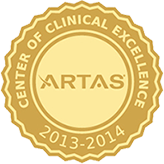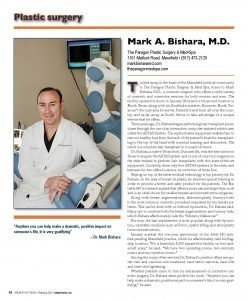a recent article in the NEW YORK DAILY NEWS discusses how women like how their selfies look using filters, and then head to their doctors to help create what they see.
You is the new you. Years ago, people seeking cosmetic surgery would bring pictures of celebrities to their doctor — and ask for “Angelina Jolie’s lips,” “Kate Beckinsale’s nose” or “Kim Kardashian’s butt.”
But now people bring their selfies — filtered through Instagram.
“This is a huge trend,” says Upper East Side surgeon Dr. Elie Levine. “People are bringing in pictures of themselves taken at a favorite angle or filtered, and saying they want to look like that.”
Anyone can nowadays, thanks to Photoshop — which even Beyoncé uses to always look her best in pictures.
But real life requires real solutions, and that’s where the Instagram-aided knife comes in.
Central Jersey mom Geri Hubner says she became obsessed with her growing wattle after staring at photos from her daughter’s wedding. She started using photo filters but then came to the ultimate real-world conclusion:
“I wanted to look like that all the time,” says Hubner, 56.
So she called facial plastic surgeon Dr. Andrew Miller in Edison, showed him the Instagrammed pictures and sprung for a neck lift, which can run $10,000 to $20,000.
“He’s an artist. I should have done this years ago,” says Hubner, who says the surgery and week-long recovery were relatively painless.
Queens resident Nancy Chacon, 32, also showed her best face on Instagram, using “either the Inkwell or Sutro filters, or the sepia tones, to hide blemishes.”
It worked — too well, she admits: “I decided I wanted people to see that person in person.”
So she got some laser treatments and broadband light photofacial therapy at Levine’s Manhattan clinic. It cost about $1,000, but her complexion is in the clear.
“So many people asked, ‘What are you doing to your face? You look so young!’ ” she says. “It was worth it.”
Huber also got Botox, for about $300, and injections of Juvederm, which runs about $1,000 per syringe. The result is smoother and fuller skin.
“I now have cheekbones,” she says. “It’s put a real skip in my step.”
These women aren’t alone: The American Academy of Facial Plastic and Reconstructive Surgery says there’s been a 33% bump in procedures driven by self-awareness from social media since 2013.
Midtown plastic surgeon Dr. David Shafer has clients pleading for a “social-media makeover” every day.
“They whip out their cellphones and start flipping through their pictures, saying, ‘I want to look like this all the time,’ ” he says.
Doctors can respond with an arsenal of minimally invasive, lunch-break treatments for under $1,000. The changes are big, but friends and family often don’t know that any work was done.
“I only tell my closest, tightest girlfriends that I’m doing this. Everyone else thinks I just look really well-rested,” says Janet Ross, 47, from San Francisco, who relied on the Amaro filter to soften her selfies before Dr. Jonathan Kaplan used Belotero fillers to reduce the lines around her eyes and mouth.
“I don’t want to look like one of the ‘Real Housewives,’ ” she says. “I just want to look like myself, but better.”
INSTAGRAM 101
The boom in Instagram-fueled cosmetic surgery may sound shallow, but it’s a step in the right direction for an industry where too much work can leave clients looking grotesque.
“Clients are not trying to look like a whole different person anymore,” says Dr. Andrew Miller, who is based in Edison, N.J. “We always stress taking what you have naturally and making it better. Otherwise, people can look really weird, with lips that are too big, a jawline that’s unreal.”
As a first step, here are some ways to tweak your selfies before contemplating surgery:
Soft, warm Instagram filters such as Rise and Toaster deemphasize pores and imperfections by highlighting your skin.
Black-and-white filters are universally flattering. They eliminating red or ruddy complexions and automatically make ho-hum classy.
Blur imperfections with the softer Willow filter, or go bold with the high-contrast Inkwell.
The duck face works: Purse your lips and shoot down from a higher angle to highlight cheekbones, conceal double-chins and emphasize your eyes.
Before you snap the shutter, shake up your hair by doing a quick punk rock head-bang, or ruffle your fingers through it to give limp strands a quick boost.
This Article Brought to you Courtesy of Dr. Mark Bishara and The Paragon Plastic Surgery & Med Spa in Mansfield & Southlake, TX








